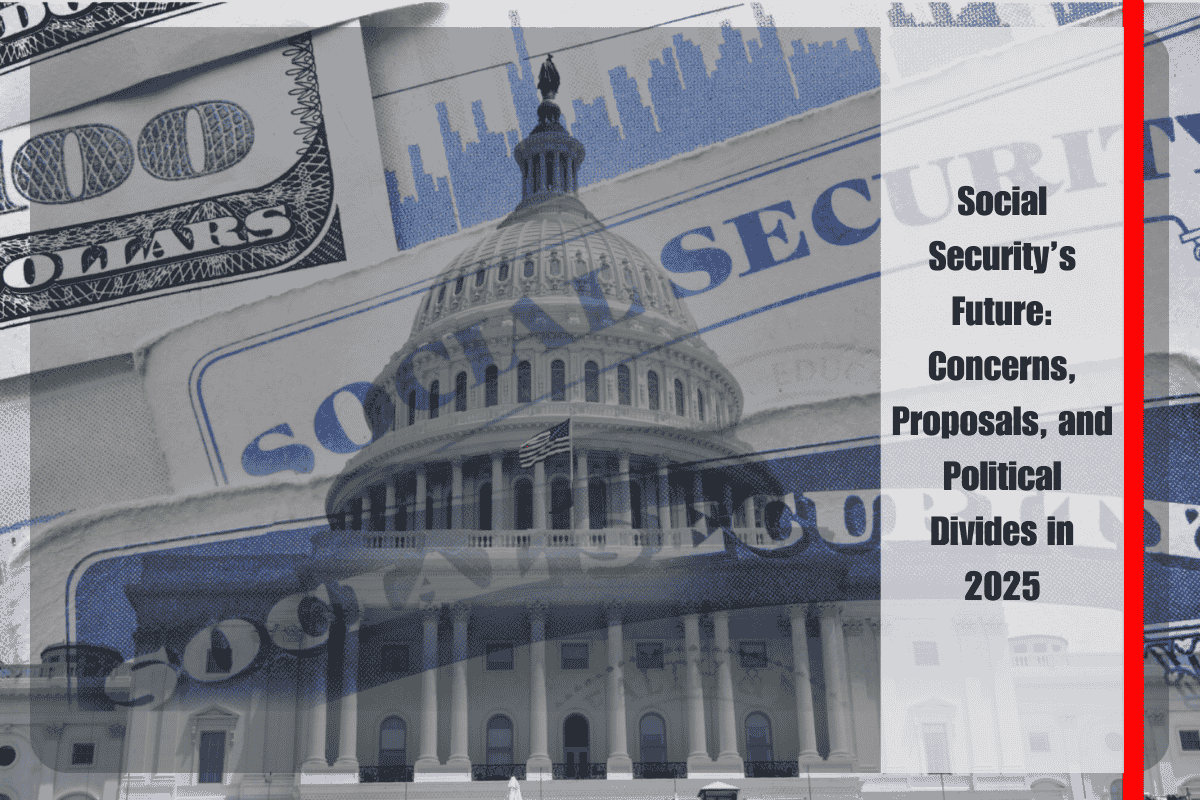Rules are an essential part of society—whether you love them or hate them, they help maintain structure and ensure things run smoothly. However, when it comes to the Social Security Administration (SSA), rules are not something you want to break. In August 2025, the SSA is implementing a new rule that could impact one particular group of beneficiaries, making it harder for them to manage their Social Security accounts and benefits. This new policy requires some individuals to visit a local SSA office, which could lead to added burdens for an already overtaxed system.
The Role of the SSA and the Historic Shift in Rules
The Social Security Administration is one of the oldest federal agencies in the United States, and it has played a pivotal role in the financial stability of millions of American citizens. Since the Social Security Act was signed into law on August 14, 1935, by President Franklin D. Roosevelt, the SSA has provided monthly benefits to retirees, people with disabilities, and surviving family members of deceased workers. These benefits are essential for covering living expenses such as groceries, housing, healthcare, and medications, helping to prevent financial hardship for many Americans.
Interestingly, the SSA’s decision to implement a new rule in August 2025, exactly 90 years after the first Social Security payment was distributed, seems almost poetic. However, this new rule could prove challenging for one group of beneficiaries in particular.
The New Rule and Its Impact on Beneficiaries
As part of the SSA’s ongoing efforts to streamline its operations and improve security, the agency has introduced new identity proofing requirements that will restrict certain services over the phone. Previously, beneficiaries could make address changes, check their claim status, request benefit verification letters, or order tax forms by simply calling the SSA’s toll-free number. Starting in mid-August 2025, this will no longer be the case.
Instead, beneficiaries will need to undergo a multi-step digital verification process, which includes receiving a one-time PIN code. Without this PIN, beneficiaries will be required to visit their local SSA field office in person. For many, this will mean a trip to an already overwhelmed office, which could create significant delays and frustration.
Who Will Be Affected the Most?
The individuals who will be hit hardest by this new policy are retirees, people with disabilities, and those without reliable internet access. According to estimates from the Center on Budget and Policy Priorities, this rule will add nearly 3 million hours annually to the travel time for older citizens just to receive service. These are hours spent on the road, not including the time spent waiting in line at the SSA offices.
For people in rural areas, where access to public transportation is often limited, this could be a major inconvenience. Many beneficiaries may now have to travel long distances to reach the nearest SSA office, which could be a significant burden on those with limited mobility, health problems, or transportation options.
What Does This Mean for Local SSA Field Offices?
The SSA plans to implement this new rule starting in mid-August 2025, and local field offices are already struggling with severe staffing shortages. With this new policy in place, the number of visits to these offices is expected to increase by nearly 3.4 million annually. This surge in foot traffic will only add to the strain on offices that are already working at full capacity, potentially leading to longer wait times and frustration for those who need to access SSA services.
Advocates and former SSA officials have expressed concerns about the negative impact this policy may have, especially considering the agency’s existing staffing challenges. The new rule could make it even harder for beneficiaries to get the help they need, and the increased burden on SSA offices could exacerbate the current inefficiencies within the system.
The Road Ahead
While the SSA’s new policy is part of a broader effort to improve security and streamline its operations, it is clear that the rule could create additional challenges for many beneficiaries. Whether this policy will prove beneficial in the long run remains to be seen. As of now, it seems that the SSA’s already overstressed offices will face even more pressure, and beneficiaries, especially those in rural areas or without reliable internet access, will bear the brunt of these changes. Only time will tell if this policy truly achieves its intended goals or if it will further complicate an already difficult process for millions of Americans.












